Black Birders Reach New Heights During 4th Annual Black Birders Week
Share
Explore Our Galleries
Breaking News!
Today's news and culture by Black and other reporters in the Black and mainstream media.
Ways to Support ABHM?
by Maya Richard-Craven, Word in Black
Meet 4 Black birders who are working to make the outdoors more inclusive.
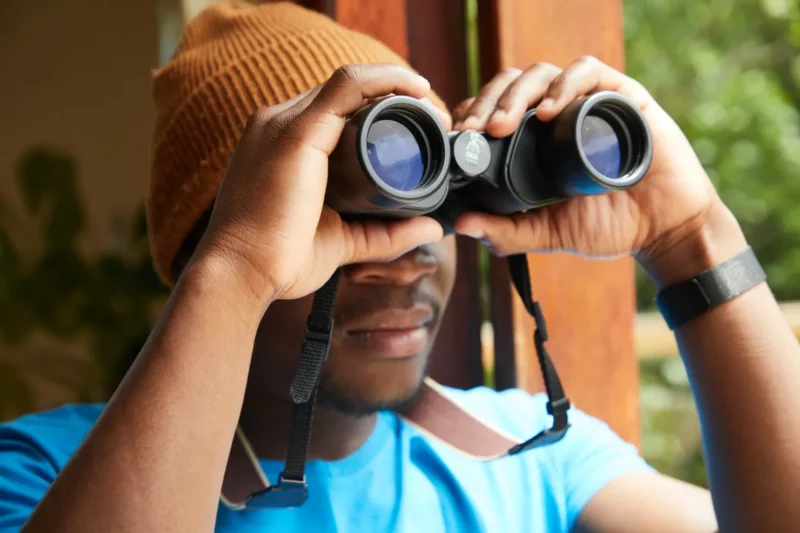
From Central Park to the Santa Monica Pier, Black folks are bird watching.
Black birders sit seaside and marvel at shorebirds as the sun rises. They listen for the calls of warblers, finches, and towhees. Simply by stepping outside, they challenge the notion that bird watching is an activity associated with white people.
“It’s important for Black folks to go birding because it’s an opportunity for us to connect to nature in a more intimate way — to engage, to heal, to build community, to combat the stereotypes and misconceptions that we don’t get outside, and that we don’t enjoy the outdoors,” says Black in National Parks Week founder Nicole Jackson.
For Black people, bird watching is about more than getting outside. Being Black and forming a relationship with the outdoors is a way to reclaim our relationship with the land. But Black birders haven’t always been treated well.
[…]
As Black Birders Week comes to a close, Black birders share more about their passion, experiences, and hopes for their fellow Black naturists.
Head to the original article to read their thoughts.
Discover how one store tells a narrative of Black people in nature.
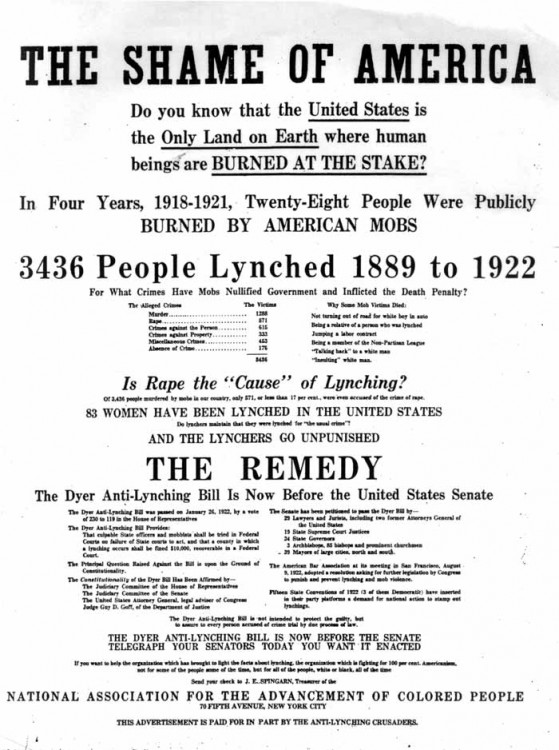
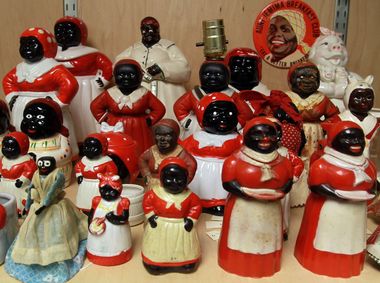


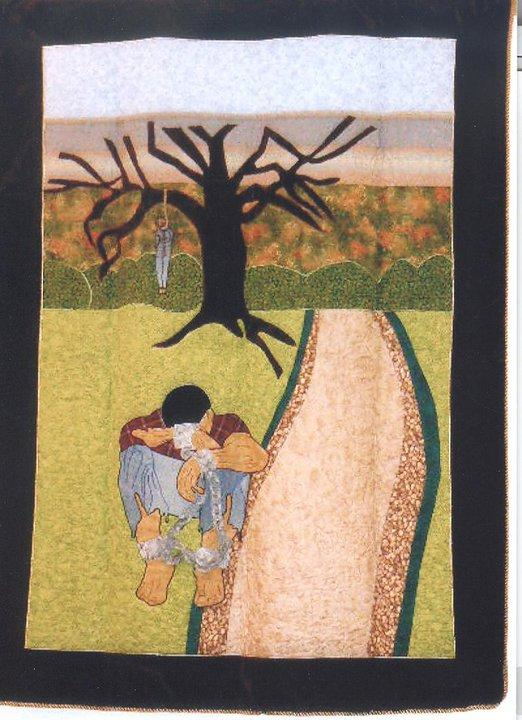

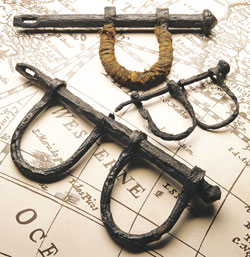


Comments Are Welcome
Note: We moderate submissions in order to create a space for meaningful dialogue, a space where museum visitors – adults and youth –– can exchange informed, thoughtful, and relevant comments that add value to our exhibits.
Racial slurs, personal attacks, obscenity, profanity, and SHOUTING do not meet the above standard. Such comments are posted in the exhibit Hateful Speech. Commercial promotions, impersonations, and incoherent comments likewise fail to meet our goals, so will not be posted. Submissions longer than 120 words will be shortened.
See our full Comments Policy here.